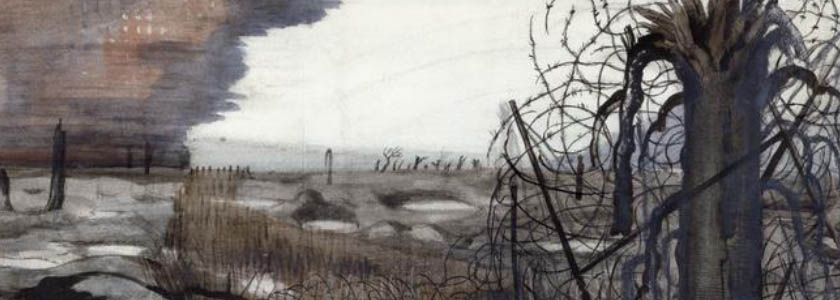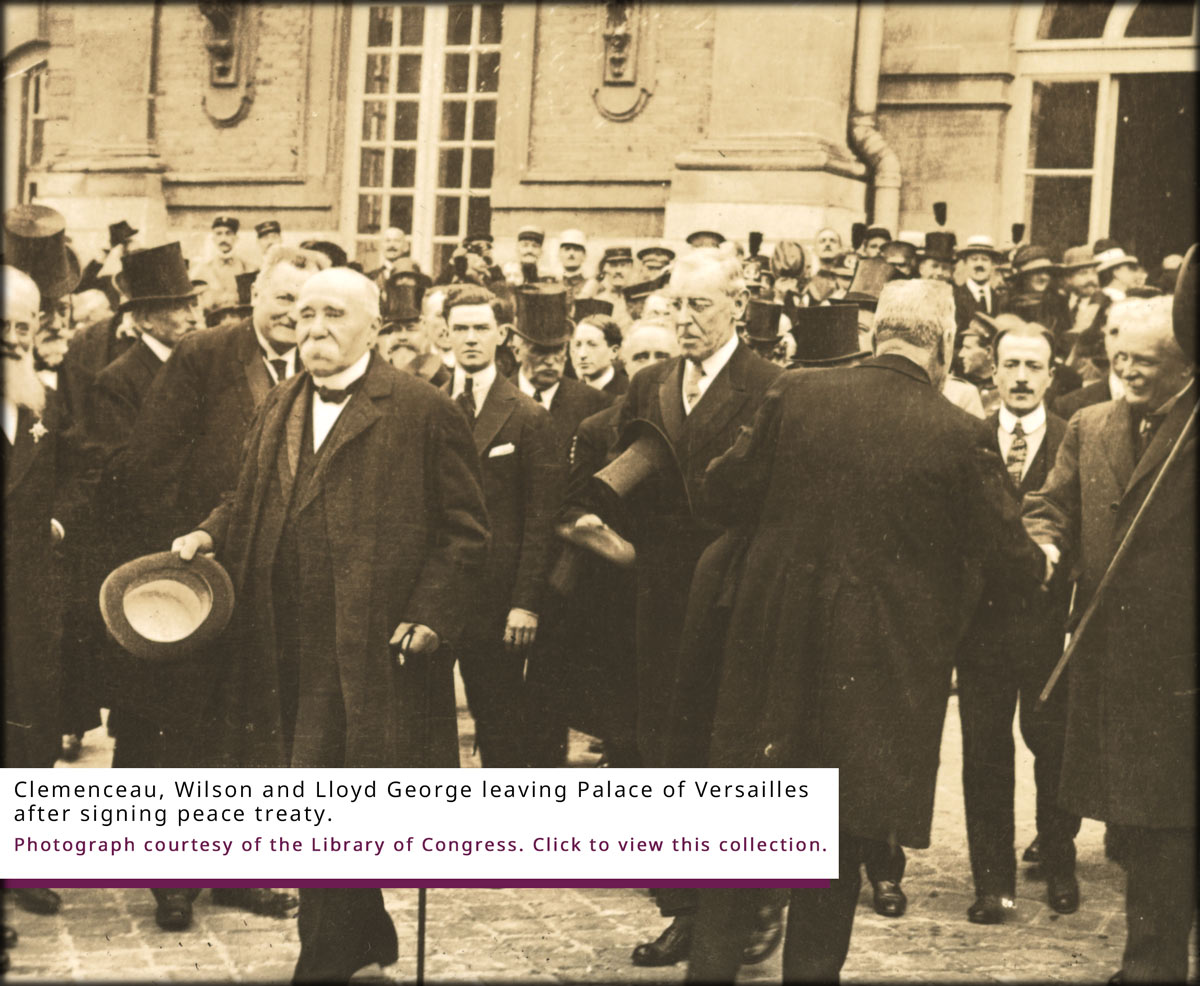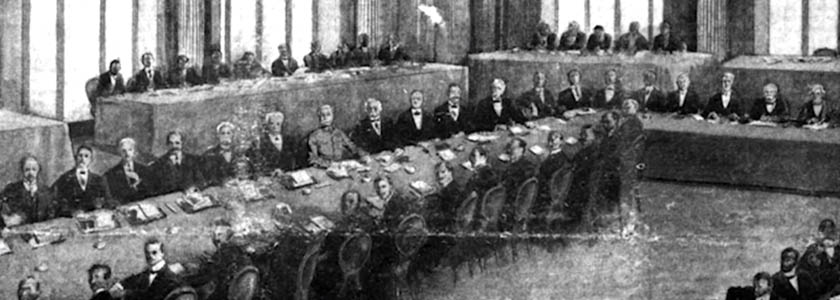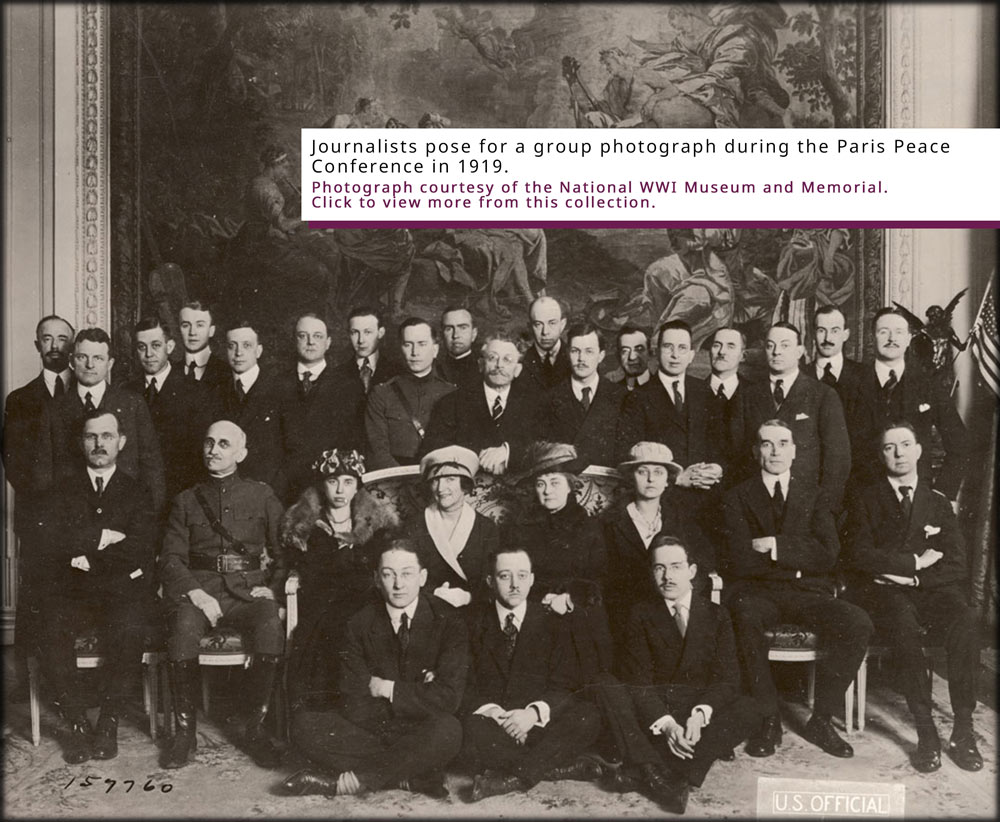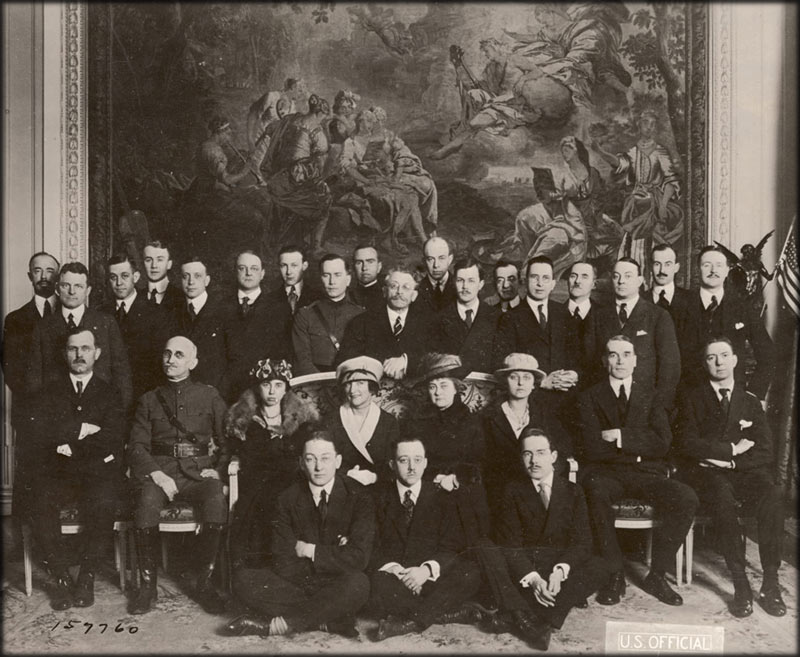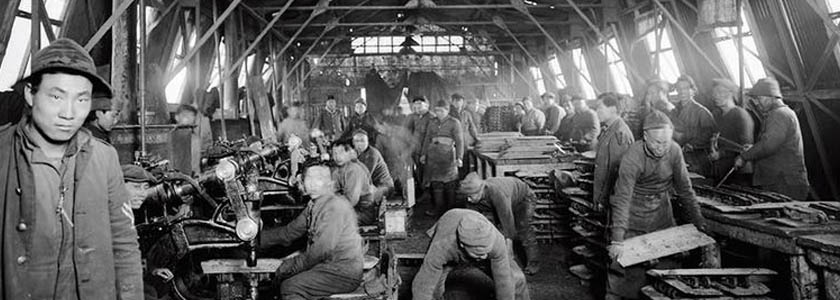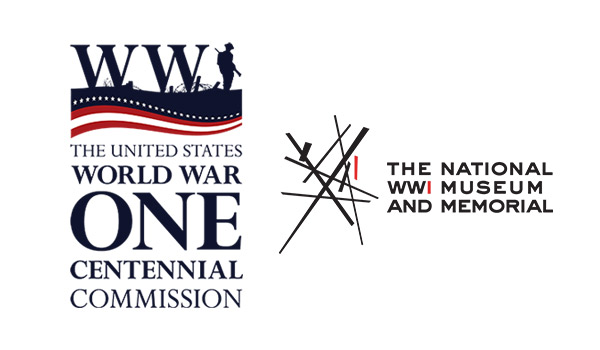Education Resources on WWI. You are receiving this email because you expressed interest. | View in browser

The end of fighting wasn't the end of the story of World War I.
The negotiations for peace were lengthy and complicated, leading to reparations, resentment, new national borders and further global conflict, including the effects in the modern Middle East.
In this issue of Understanding the Great War we look into the Treaty of Versailles and other peace treaties, and how those decisions shaped our world today.
“This morning at 11 a.m., the bells & whistles all proclaimed Peace. It did sound good. Tell us all about how it affects you & what the people there did! Will you soon be home now? Well, if you are, you’ll have to have a new supply of socks for one thing.”
— Lida Kent, in a June 28, 1919 letter to her son Sgt. Phillip Franklin Kent, in Coblenz, Germany.
“The bells were ringing, 404 gun shots were fired and the crowd did not cease cheering. There was something solemn & sacred in the ringing of the bells mixed to the gun shots. Everybody was deeply moved.”
— Leontine Heyart, a French girl, writing to her pen pal in the United States, Clara Ozment, on July 9, 1919.
Need for a reading list for an advanced high school or college course?
Consider these books, recommended by our historians:
- Paris 1919: Six Months That Changed the World by Margaret MacMillan
- The Treaty of Versailles: A Concise History by Michael S. Neiberg
- The First World War Peace Settlements, 1919-1925 by Erik Goldstein
- The Vanquished by Robert Gerwarth
- The Carthaginian Peace by Étienne Mantoux
- Savage Peace by Ann Hagedorn
- A Peace to end all Peace by David Fromkin
- Woodrow Wilson: A Psychological Study by Sigmund Freud and William C. Bullitt
- The Economic Consequences of the Peace by John Maynard Keynes
The United States World War One Centennial Commission and the National WWI Museum and Memorial are dedicated to educating the public about the causes, events, and consequences of the conflict and we encourage the use of these resources to better understand the Great War and its enduring impact on the global community.
Partners on this project include:
Pritzker Military Museum and Library National Archives The Great War YouTube Channel MacArthur Memorial National History Day American Battle Monuments Commission Stanford History Education Group Center for Middle Eastern Studies, University of Arizona HISTORY® AFS Intercultural Programs Library of Congress New York State Archives Partnership Trust / New York State Archives Aberdeen Proving Ground The Map as History International Baccalaureate College Board Villanova University Facing History and Ourselves Mission du centenaire de la Première Guerre mondiale Virginia Cooperative Extension 4-H Google Arts & Culture Scholastic
The Pritzker Military Museum and Library is a founding sponsor of the United States World War One Centennial Commission.


